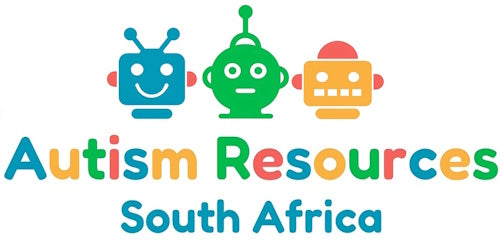What is 8D Audio and why are neurodivergent people talking about it?
Jaco de GoedeWhile scrolling through Youtube recently, I came across something called 8-dimensional audio, often referred to as 8D audio. This type of audio creates the sensation that sounds are moving around you in space. While 8D audio can be stimulating to anyone, Youtubers and TikTokers are claiming that the neurodivergent may experience it differently than people with neurotypical brains. In many cases, the reported reactions are extraordinary.
Neurodivergent people claim that it reduces their anxiety, relaxes them and creates a general feeling of well-being.
What Is 8D Audio?
Eight-dimensional (8D) audio is a special type of audio effect that changes the way you experience music. When you listen to an 8D track with headphones, different parts of the recording shift from one ear to the other throughout the song. The result is a uniquely immersive sensory experience. It feels like you’re in the middle of a large room— like a concert hall— and all the musicians and vocalists in the song are moving around you while they play and sing.
The best way to understand 8D audio is to experience it yourself. The creator calls it a 3D experience, but it’s built on 8D technology and really showcases the technology’s capabilities. The mixing technique used to create it has been a staple of the recording industry for decades, but most songs only use the effect in brief moments, to create a sense of distance or space. In 8D audio, the effect is constant throughout the entire song.
Brain Flossing and the Magic of 8D Audio
According to the article, “What Is Brain Flossing, and Does It Have Anything to Do With Neurodiversity?” Brain flossing is the best phrase neurodivergent TikTokers have found to describe the particular feeling they get when they listen to this type of audio.
"My understanding is that just like flossing gets rid of unwanted particles between teeth, 8D audio can provide a sense of 'brain flossing' by removing unwanted stimuli," says Abby Klemm, MT-BC, a board-certified music therapist. "With this technique, your brain can focus on the here-and-now sensory experience, giving you the opportunity to refocus, reconnect, and clear out any 'brain gunk.'"
8D audio appears to "move" between your left and right ears, bouncing from one side to the other or even swirling around your head. (Because of this, 8D audio is best experienced with headphones on; that way, the sound is isolated in each ear versus heard generally by both.) Beyond the cool sensation, 8D actually lights up your brain in a unique way. "Your right and left brain are receiving the sensory input, respectively," Klemm explains. This provides something called bilateral stimulation (BLS), which describes any sort of auditory, sensory, or visual stimulation that crosses the body in a rhythmic pattern. BLS is powerful; it's even used as part of a type of psychotherapy called eye movement desensitization and reprocessing, which was originally developed by psychologist Francine Shapiro, PhD, in the late '80s. "The alternation can provide almost a sense of 'balance' to your brain," Klemm explains. "This then can 'clear out' your mind and provide a sense of relaxation and mental focus."
How does it affect our brains?
8D audio shares a lot of characteristics with binaural beats, which have been around for years and have well-established benefits for neurodivergent and neurotypical brains, as explained by Neuropedia. Binaural beats play two different tones at very similar frequencies, one in each ear of your headphones. The result is an auditory illusion: your brain tricks itself into hearing a phantom third tone that’s the difference in frequency between the two real tones.
For example, if you had a tone at 130 Hertz (Hz) and a tone at 120 Hz, you would hear a third tone at 10 Hz. As a result, binaural beats create an effect similar to the one 8D audio produces: you get a sense that you’re in a three-dimensional space with the music, with sounds moving all around you.
Studies in 2019 found that listening to binaural beats improves focus and cognition and promotes relaxation. In addition, a 2014 review found that music-based therapy incorporating binaural beats supported social interaction, non-verbal communication, and the ability to express emotion in people on the autism spectrum.
So while we aren’t yet sure how 8D audio works, music processed in a similar way has a positive effect on people’s brains. That could explain why neurodiverse people are having such positive reactions to 8D tracks.
The kids and I have played around with the multitude of 8D songs available on Youtube and Spotify. And we can definitely say that it is a very interesting experience. It is instantly relaxing and works especially well if you get stuck in a negative self-talk feedback loop – like some of us can so easily do. It is as if your brain has to follow the music around your head, removing other stimuli – maybe that’s why some call it brain-flossing. Try it for yourself. Get a good pair of headphones (they definitely work better than in ear earbuds), search for 8D songs on Youtube or Spotify and see what it does to you.
